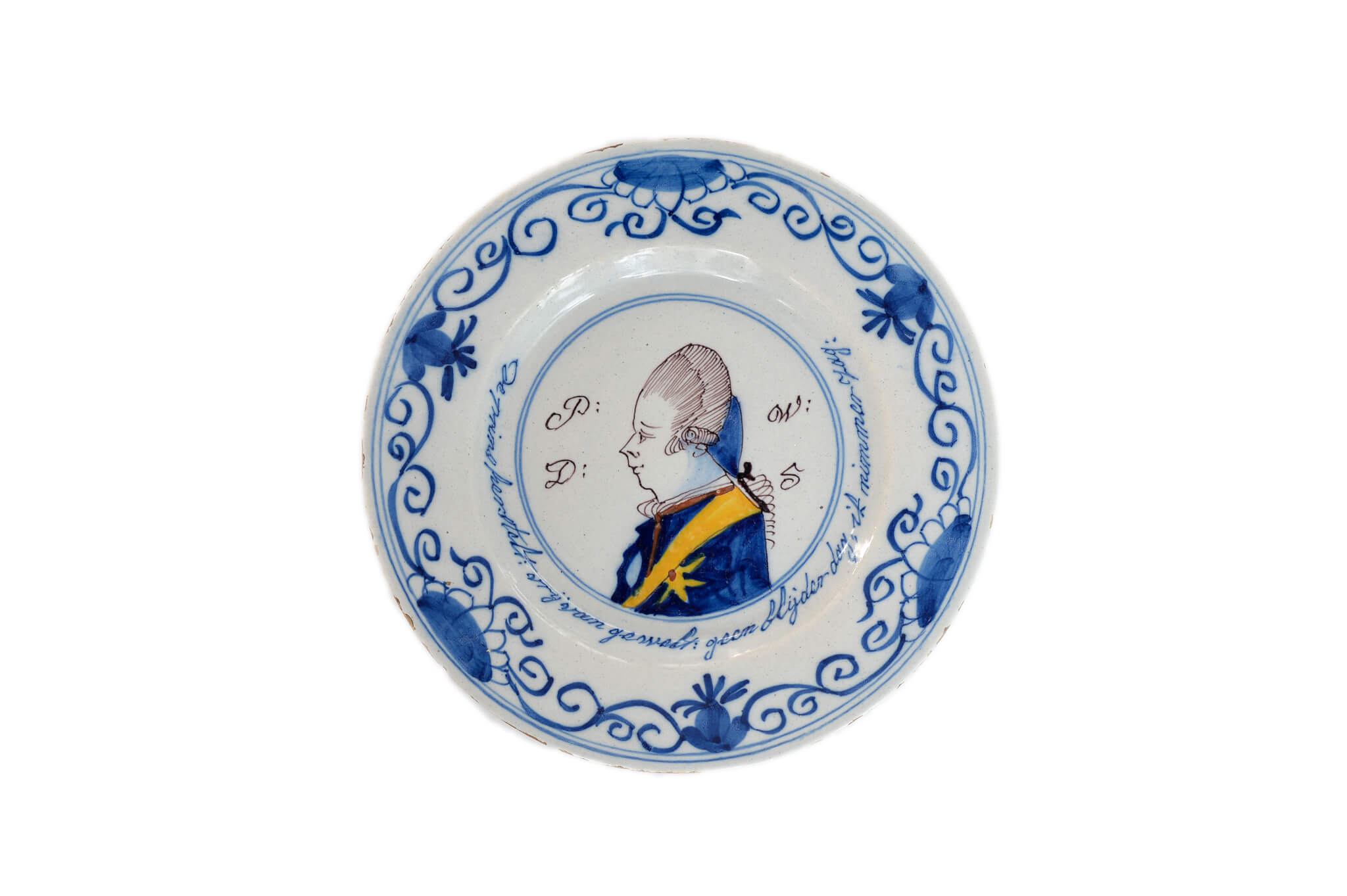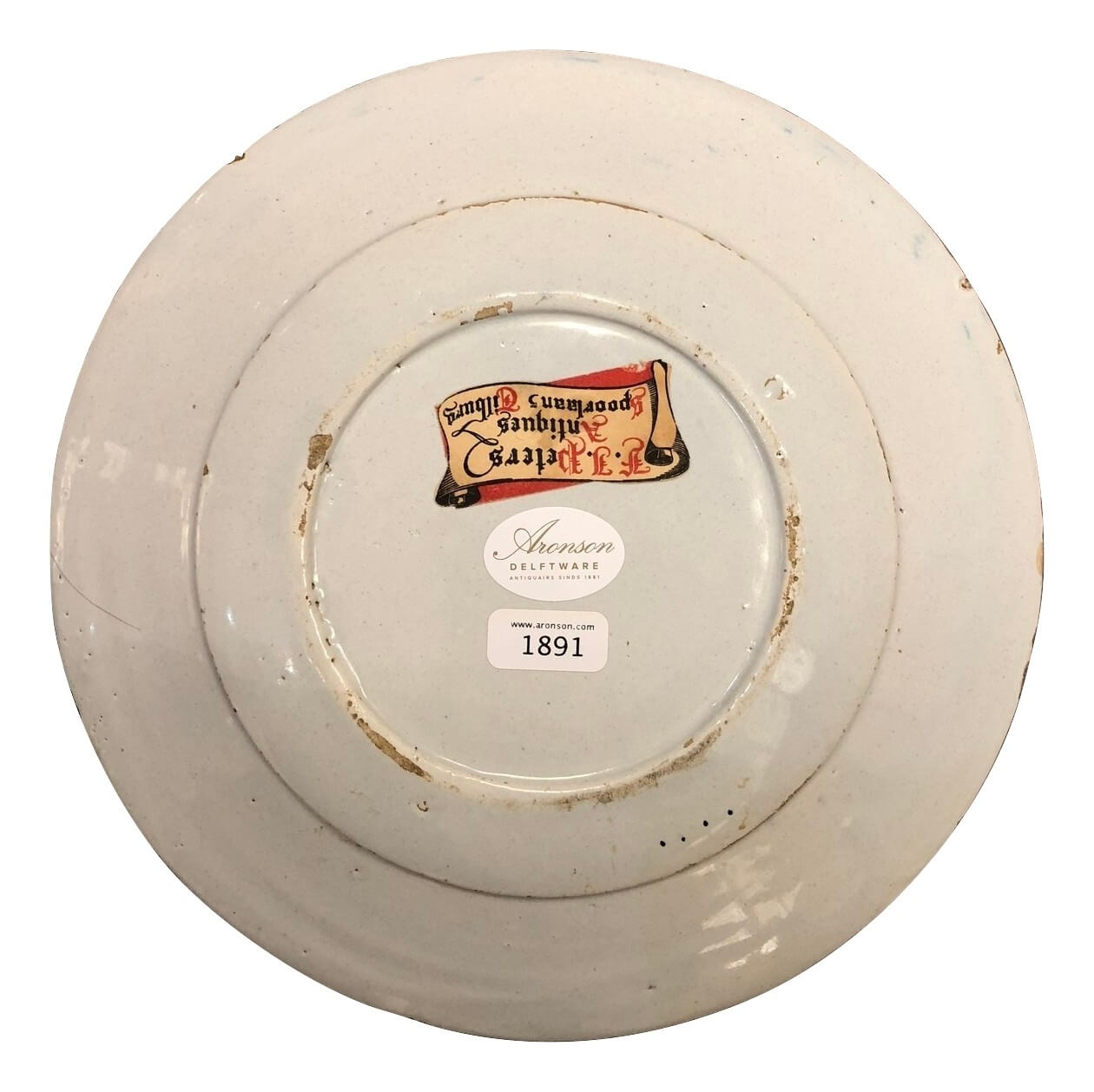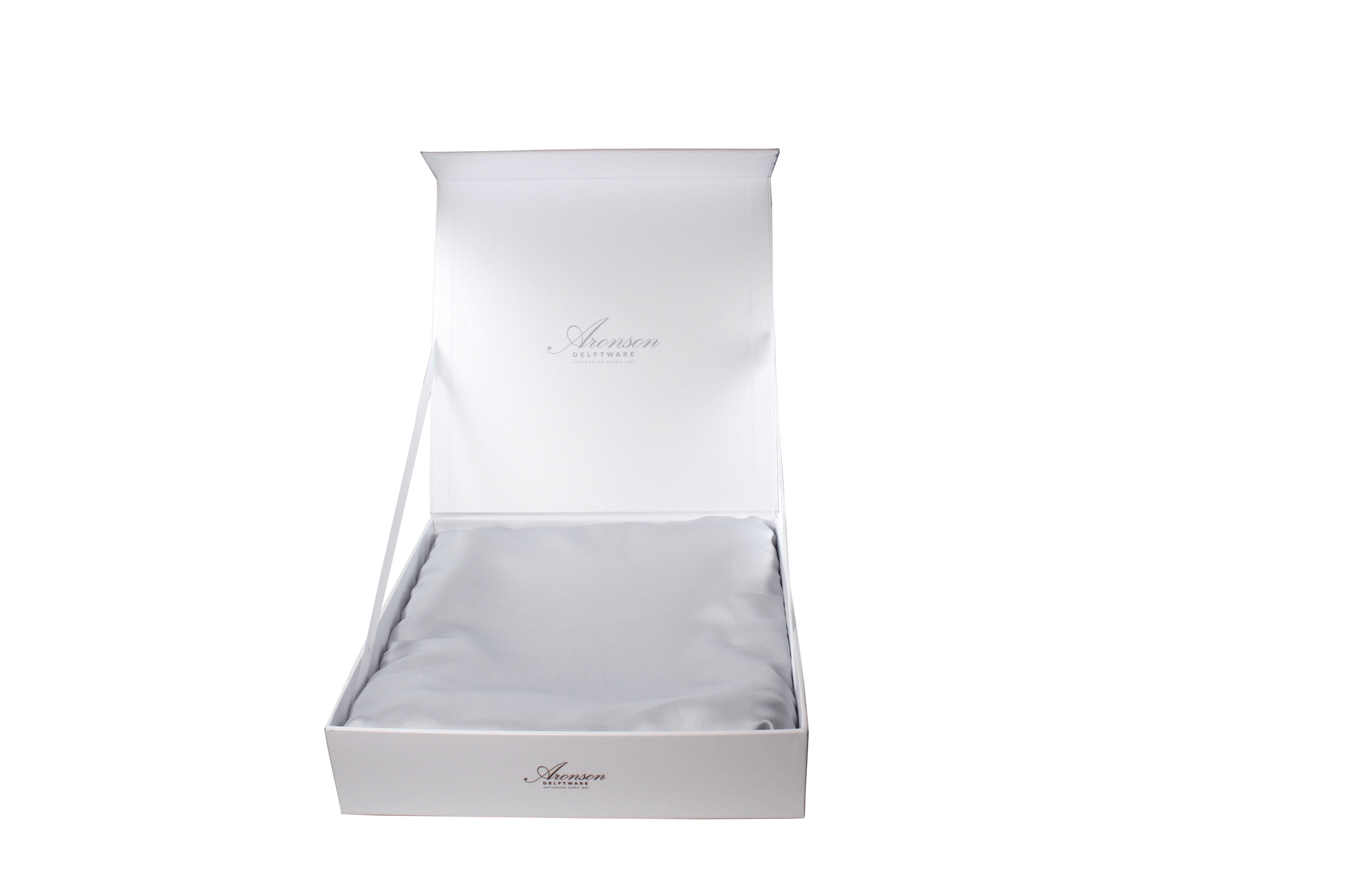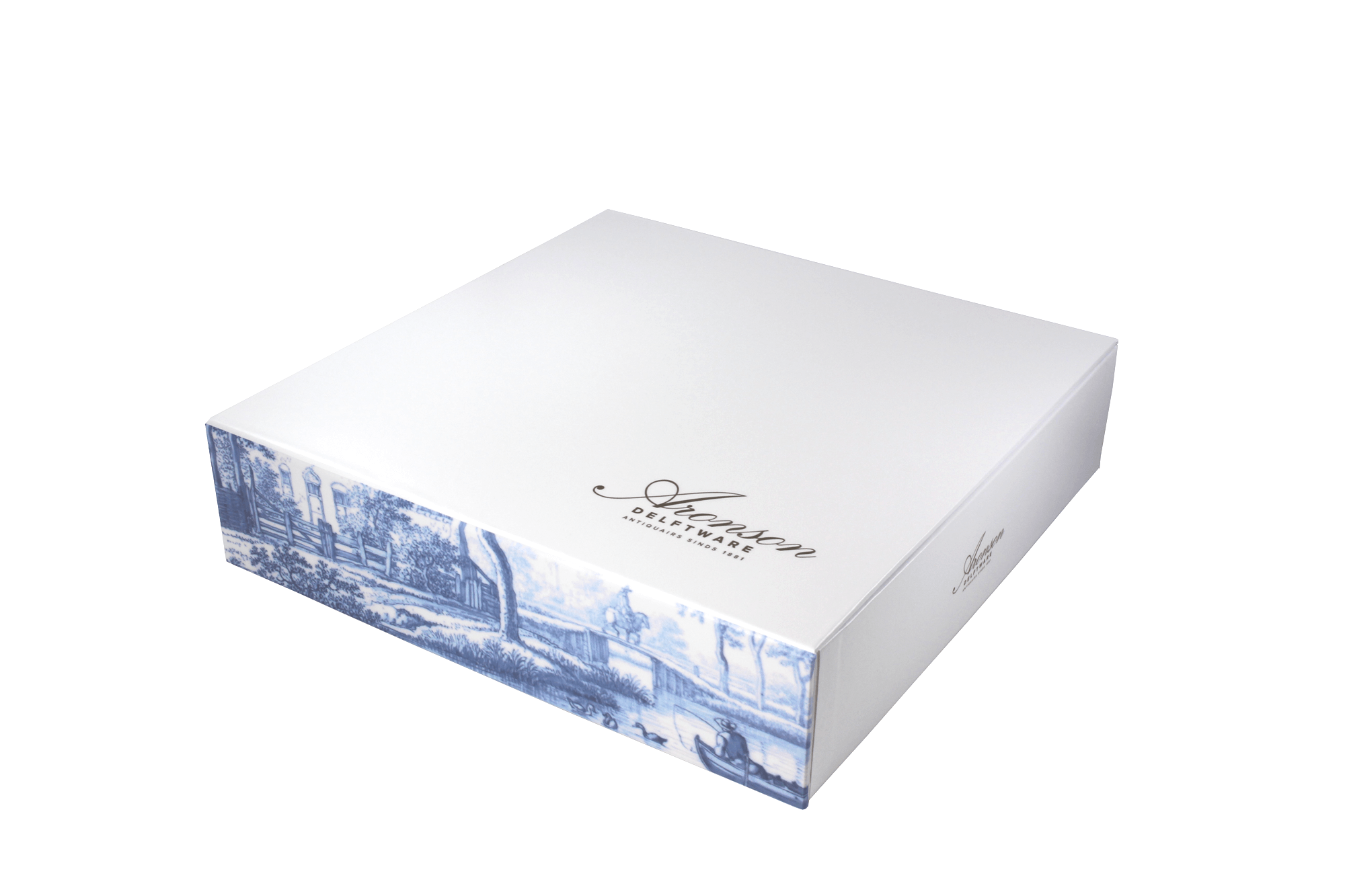D1891. Polychrome Orangist Plate
€2.600,00
Delft, circa 1785
Painted in blue, manganese, iron-red and yellow in the center with the royal portrait of William V, Prince of Orange, depicted in profile wearing a wig and uniform with a sash, anked by the letters ‘PWD5’ for Prins Willem de Vijfde (Prince William the Fifth), all within two blue concentric lines edged by the verse ‘De prins herstelt; vrij van gewelt; geen blijder dag; ik nimmer zag;’ (The prince recovers, free of violence, there was no luckier day I ever saw), the rim decorated with scrollwork.
Diameter
22.6 cm. (8.9 in.)
In stock
Description
Note
Delftware objects displaying Dutch monarchs, royal coats of arms and symbols of the Royal House, such as the orange tree, are known as Orangist Delft. Owning and displaying Orangist Delftware was a strong symbol of allegiance towards the monarch. In fact, these depictions became more frequent as the political position of the stadholders were challenged. During these tumultuous periods, the Orange partisans expressed their unwavering loyalty by adorning their houses with the symbols of the Kingdom.
This tradition reached its height during the third quarter of the eighteenth century when Prince William V was at the crown. William V was the last stadholder of the Dutch Republic. He was unable to prevent the fourth Anglo-Dutch war that resulted in the loss of many of the Dutch colonies. The economic fragility of his reign aroused hostility in the Patriots, a groups of discontented burghers who wished to restore the republic to its former glory. In 1785, an open con ict between the the Orangists and the Patriots forced the Royal Couple to ee The Hague. With the help of Prussian troops, the Prince regained control of the country and restored his authority in 1787.
During the conflicts, the Orangists and the Patriots used the decorative arts as political propaganda. On Delftware, the Patriots depicted William, and his family as wild pigs, trampling over the rights of the Dutch people. Meanwhile, the Orangists called the rebels mad dogs and madmen. Looking at the objects that remain today, it seems that Orangist Delft was the most popular, likely due to Delft being a royalist city. Depictions of William V and symbols of the House of Orange are mostly found on plates.
Provenance
Collection F.J. Peter Antiques, Tilburg, and bearing the original label
Dutch Private Collection
Condition
- Usual rim fritting and some minor rim chips
- Overall in good condition
Included
Delivered in its custom box
Plate hanger and stand included
Additional information
| Weight | 2 kg |
|---|---|
| Dimensions | 35 × 35 × 10 cm |







